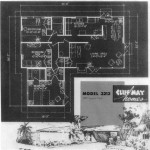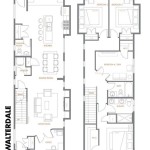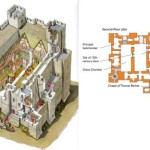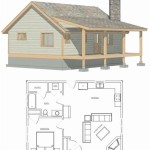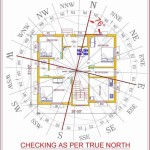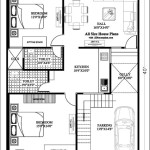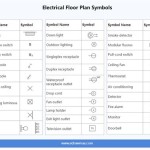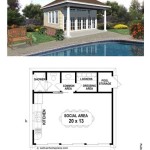Chicago Bungalow House Floor Plans: Essential Aspects
Chicago Bungalow houses hold a unique charm and architectural significance, renowned for their distinctive exterior features and thoughtfully designed floor plans. These homes, popularized during the early 20th century, continue to captivate homebuyers today. Here are some essential aspects to consider when exploring Chicago Bungalow house floor plans:
Layout and Flow
Classic Chicago Bungalows typically feature a rectangular footprint, with a center-hallway dividing the home longitudinally. This central axis creates a balanced and functional layout, allowing for smooth transitions between rooms. The front of the house often features a cozy porch or sunroom, while the rear typically includes a kitchen, dining area, and access to the backyard.
Living Spaces
Chicago Bungalows prioritize comfortable living spaces. The living room, often located at the front of the house, serves as a welcoming gathering place with large windows that flood the room with natural light. The dining room, frequently adjacent to the living room, provides a dedicated space for meals and entertaining.
Bedrooms and Bathrooms
Most Chicago Bungalows have two to three bedrooms, with one or two full bathrooms. The master bedroom, usually situated at the rear of the house, is designed for privacy and relaxation. The second and third bedrooms are often smaller and share a bathroom, ensuring efficient use of space.
Kitchens
Chicago Bungalow kitchens are typically compact but well-appointed. They feature a U-shaped or L-shaped layout that maximizes counter space and storage. The kitchen often includes a built-in breakfast nook or banquette seating, creating a cozy and informal dining area.
Porch or Sunroom
One of the most iconic features of Chicago Bungalows is the porch or sunroom. This enclosed space, located at the front or side of the house, serves as an extension of the living area. It's perfect for enjoying the outdoors while protected from the elements.
Storage and Utility Spaces
Chicago Bungalows make efficient use of space by incorporating ample storage and utility spaces. Closets and built-ins are found throughout the house, providing ample room for personal belongings and household items. The basement, often accessible from the kitchen, serves as an additional area for storage or recreational activities.
Variations and Modernizations
While traditional Chicago Bungalows have a consistent floor plan, there are variations and modernizations to consider. Some homes may feature additional bedrooms or bathrooms, while others have been expanded or renovated to meet contemporary needs. Modern interpretations of the Bungalow style may incorporate open-concept living spaces and updated amenities.

1925 Chicago Style Bungalow Vintage House Plan For A Small Home Builders Blue Book By Willi Plans Floor

Chicago Vernacular Architecture

Chicago Bungalow Architecture Vintage House Plans

Image Result For Chicago Bungalow Floor Plans Renovation

Home Builders Catalog 1929 Cicero American Residential Architecture Chicago Style Brick Vintage House Plans Bungalow

Chicago Building Types Bungalows Moss Architecture

1925 Chicago Style Brick Bungalow American Residential Architecture 1920s House Plans The Gladstone By William A Radford

Chicago Vernacular Architecture

Chicago Building Types Bungalows Moss Architecture

Chicago Bungalow 2nd Floor Plan Attic Reno

